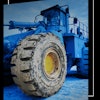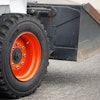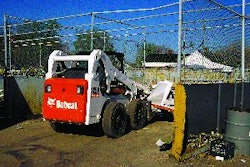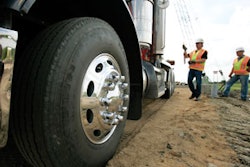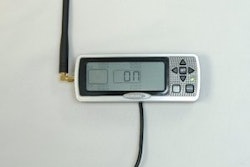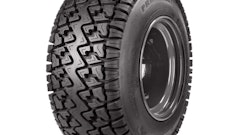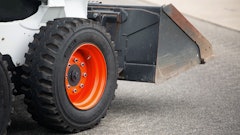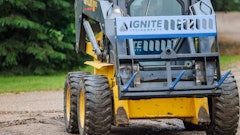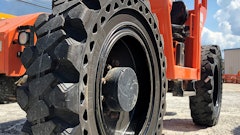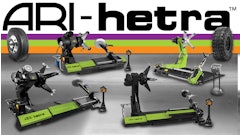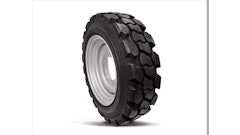The Bay Area Rapid Transit District intends to incorporate "green" construction in a planned route extension by using recycled tires underneath the new rail lines. The decision is applauded by the Department of Resources Recycling and Recovery (CalRecycle), which has invested long hours to promote the use of tire-derived aggregate (TDA) in engineering projects.
TDA is shredded tire rubber used as a replacement for naturally mined materials such as gravel, but has numerous additional advantages. It is safe, reliable, and above all, a cost-effective option that keeps waste tires out of landfills. When used under rail tracks, TDA acts to reduce noise and vibration that can affect nearby buildings and residences.
"Not only is TDA a truly 'green' construction alternative, but it saves money and works extremely well. It makes sense to use TDA whenever possible and we're pleased it will be used in the Silicon Valley Extension Project," said CalRecycle Director Margo Reid Brown. "It hasn't been a quick or easy process to convince municipal planners that TDA is a viable option. We have our early adopters on board, but now we need to continue to expand the market."
In addition to its noise-dampening attributes, TDA acts as a stable lightweight fill that can be used as a retaining wall backfill and to construct embankments. It also has superior drainage properties when used in landfill drainage systems. Using TDA, millions of dollars can be saved and hundreds of thousands of old tires put to good use, depending on the size of a given project.
CalRecycle experts have worked for more than a decade to promote the use of TDA. Their efforts received a big boost after the Federal Transportation Authority, a major funding source for light rail systems around the country, accepted the use of TDA in the BART Silicon Valley Extension Project that will run from Warm Springs to Milpitas and Berryessa Road in San Jose. A later project will extend the BART route into downtown San Jose.
Construction of the new BART extension using TDA will begin in 2012.
In 1999, CalRecycle commissioned the first field test of TDA as a vibration dampening material. The results of that test led the firm to recommend that the Valley Transportation Authority use TDA for its Vasona Line light-rail extension in Santa Clara County.
Before proceeding, the Valley Transportation Authority built a test section of the TDA vibration track in its San Jose railyard. CalRecycle supplied the TDA, and monitored construction and testing of this 2001 pilot project. Ultimately, VTA decided to proceed with construction using TDA, and CalRecycle agreed to follow up with post-construction analysis after the route opened in 2005. Use of TDA as part of the Vasona Line extension resulted in a savings of $1 million and kept 100,000 old tires out of the state's landfills.
The Federal Transportation Authority, which is helping to finance the BART extension, wanted further proof that TDA would continue to perform well. CalRecycle again funded tests of the existing Vasona Line, and the results showed that TDA continued to perform well. The FTA was also convinced the product is cost-effective, high-performing and a common-sense approach to vibration dampening.
CalRecycle is currently promoting the use of recycled tires through its Green Roads campaign. California generates more than 40 million scrap tires every year. While nearly 75 percent of used tires are recycled, the rest still end up in landfills or illegal stockpiles. If not managed properly, scrap tires are a potential threat to both California's environment and public health and safety. Illegally stockpiled tires also pose a fire risk and are attractive habitats for rodents and insects.
CalRecycle experts are available to speak with local and regional agencies, as well as members of the media, about TDA's engineering, cost-saving and environmental benefits. Grants and technical assistance are available for communities interested in using tire-derived aggregate in civil engineering projects, as well as using rubberized asphalt concrete for road paving projects. Visit the Green Roads website to learn more.

